Rainwater harvesting, an ancient practice, has become popular as a sustainable solution to water scarcity. This technique involves collecting and storing rainwater for later use, reducing dependence on traditional water sources and mitigating the impacts of drought and climate change. By understanding the principles, benefits, and methods of rainwater harvesting, individuals and communities can contribute to a more sustainable future. This article delves into the essentials of rainwater harvesting, exploring its history, modern techniques, environmental impacts, and practical implementation strategies.
Contents
- 1 Historical Perspective of Rainwater Harvesting
- 2 Basic Principles of Rainwater Harvesting
- 3 Modern Rainwater Harvesting Systems
- 4 Environmental Impact and Benefits
- 5 Economic Aspects of Rainwater Harvesting
- 6 Implementation at Home and Community Level
- 7 Legal and Regulatory Considerations
- 8 Challenges and Solutions
- 9 Maintenance and Quality Control in Rainwater Harvesting
- 10 The Bottom Line
Historical Perspective of Rainwater Harvesting
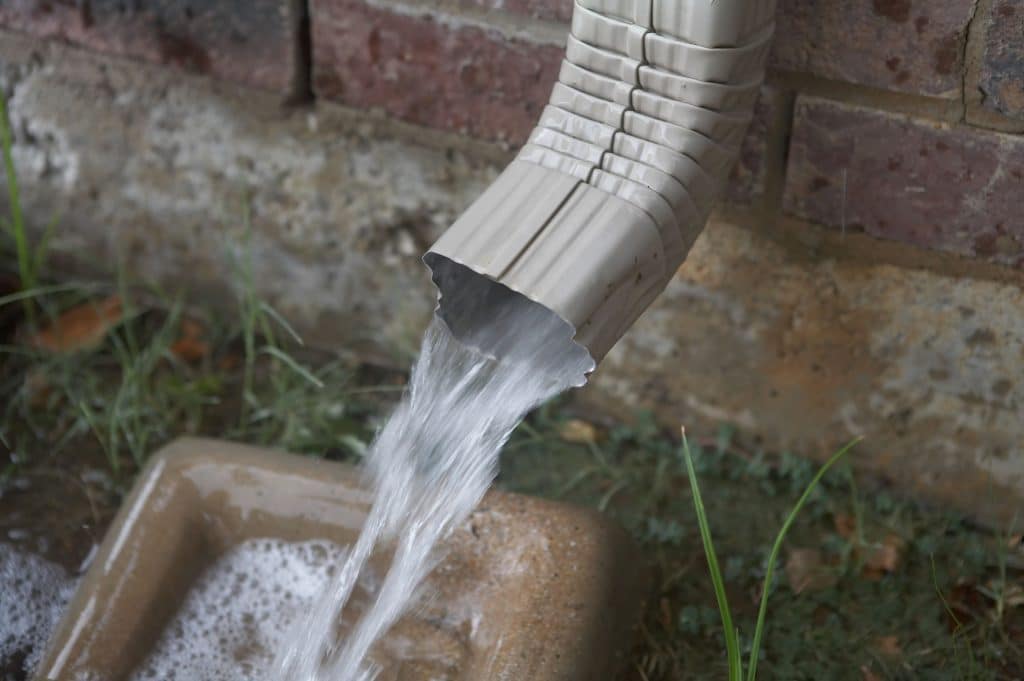
The practice of rainwater harvesting dates back thousands of years, rooted in ancient civilizations worldwide. In arid regions, it was a lifeline for survival, where communities designed innovative methods to collect and store rainwater. These historical techniques laid the groundwork for modern practices, showcasing the timeless importance of this sustainable water management solution.
Significantly, the historical perspective highlights how rainwater harvesting has been integral to human adaptation to diverse environmental conditions. From ancient Roman aqueducts to the rainwater pits of India, these early systems reflect a deep understanding of natural water cycles, underscoring the ingenuity and resourcefulness of our ancestors in conserving this precious resource.
Basic Principles of Rainwater Harvesting
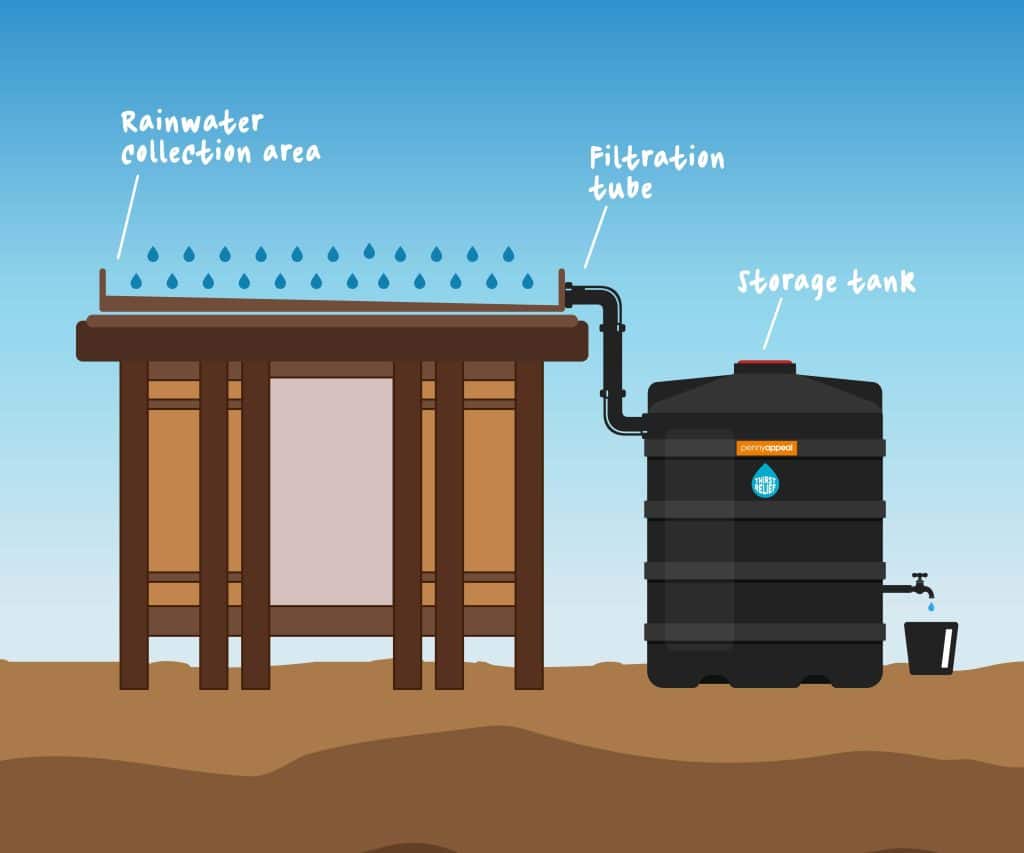
Rainwater harvesting operates on a simple yet effective principle: capturing rainwater from surfaces like roofs and storing it for future use. The process typically involves a catchment area, conveyance system, storage tanks, and filtration mechanisms. This section explains these components and the importance of maintaining water quality in harvested rainwater.
Understanding the basic principles is crucial for effective rainwater harvesting. It involves calculating catchment potential, designing appropriate storage solutions, and ensuring the harvested water is safe. This fundamental knowledge empowers individuals to implement rainwater harvesting systems efficiently and sustainably.
Modern Rainwater Harvesting Systems
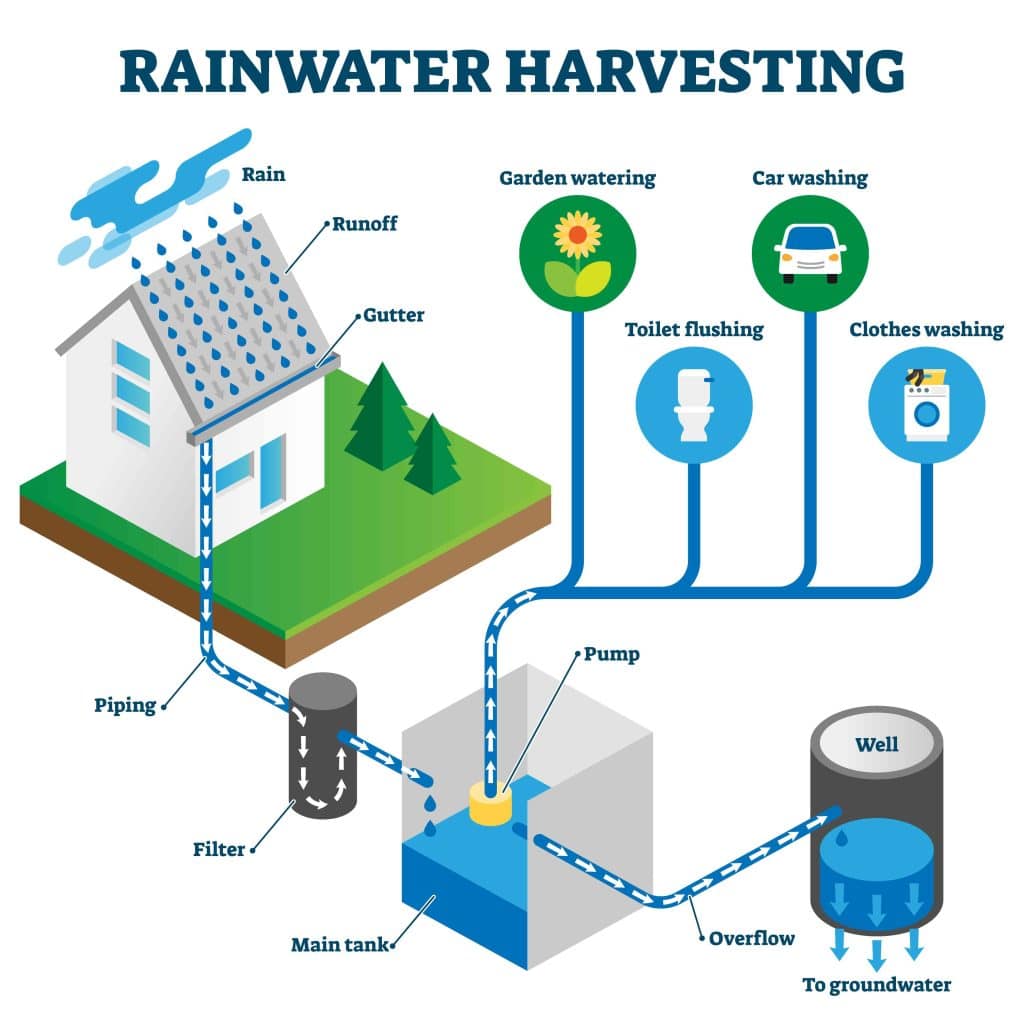
Today’s rainwater harvesting systems incorporate advanced technology and innovative design to maximize efficiency and minimize costs. These modern systems range from simple barrel setups to sophisticated systems integrated into building architecture, demonstrating the versatility and adaptability of rainwater harvesting in various contexts.
Case examples of modern systems illustrate their application in different settings. From urban rooftops to rural communities, these examples glimpse the potential of contemporary rainwater harvesting solutions to address water scarcity and promote sustainability.
Environmental Impact and Benefits

Rainwater harvesting has profound environmental benefits, significantly reducing the strain on traditional water sources. By capturing and using rainwater, these systems help lower water consumption from rivers and groundwater, conserving these vital resources.
Moreover, rainwater harvesting reduces the impacts of urban runoff and soil erosion. It also aids in mitigating the effects of climate change by promoting sustainable water management practices. These environmental benefits underscore the importance of rainwater harvesting as a key component in the global effort to preserve our planet’s natural resources.
Economic Aspects of Rainwater Harvesting

Implementing a rainwater harvesting system involves initial costs, but the long-term economic benefits are substantial. This section discusses the financial aspects, including the investment required to set up a system and the potential savings on water bills.
Government incentives and subsidies can play a significant role in promoting rainwater harvesting. By providing financial support, governments can encourage wider adoption of these systems, making them more accessible and affordable for individuals and communities.
Implementation at Home and Community Level
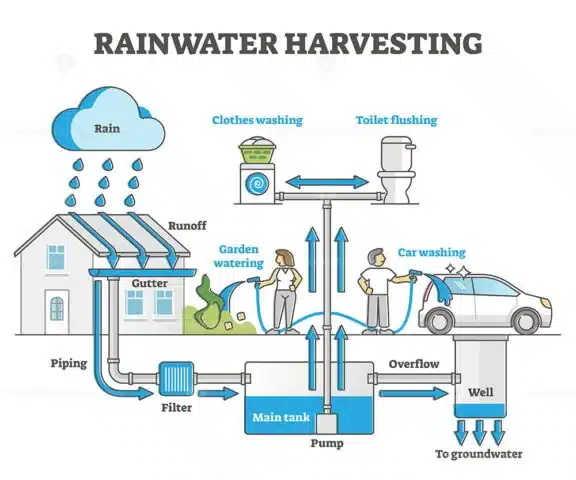
Rainwater harvesting can be implemented at various scales, from individual homes to entire communities. This section offers guidelines for residential rainwater harvesting, including system design and maintenance tips.
Community-scale projects have the potential to create a significant impact. By pooling resources and efforts, communities can implement larger and more efficient rainwater harvesting systems, serving as models for sustainable water management.
Legal and Regulatory Considerations

Navigating the legal and regulatory landscape is critical to implementing a rainwater harvesting system. Different countries, states, and even local municipalities may have varied regulations concerning collecting, using, and distributing rainwater. These laws often address water rights, building codes, and environmental impacts. This section highlights the importance of understanding these legal considerations to ensure rainwater harvesting systems comply with local laws and regulations.
In many regions, policies are evolving to encourage rainwater harvesting, reflecting a growing recognition of its environmental and societal benefits. Governments increasingly offer incentives and support for rainwater harvesting initiatives, such as tax breaks, grants, or technical assistance. However, in some areas, stringent regulations may exist due to water rights and resource management concerns. This part of the article delves into the complexities of these legal frameworks, offering guidance on navigating the regulatory environment and discussing the role of advocacy and public policy in promoting sustainable water practices.
Challenges and Solutions

Despite its benefits, rainwater harvesting faces several challenges. These include technical difficulties, maintenance issues, and public awareness gaps. This section discusses common obstacles and presents solutions and best practices to address them.
Innovative approaches and ongoing research in rainwater harvesting are vital for overcoming these challenges. By sharing knowledge and experiences, the global community can advance the effectiveness and adoption of rainwater harvesting systems.
Maintenance and Quality Control in Rainwater Harvesting
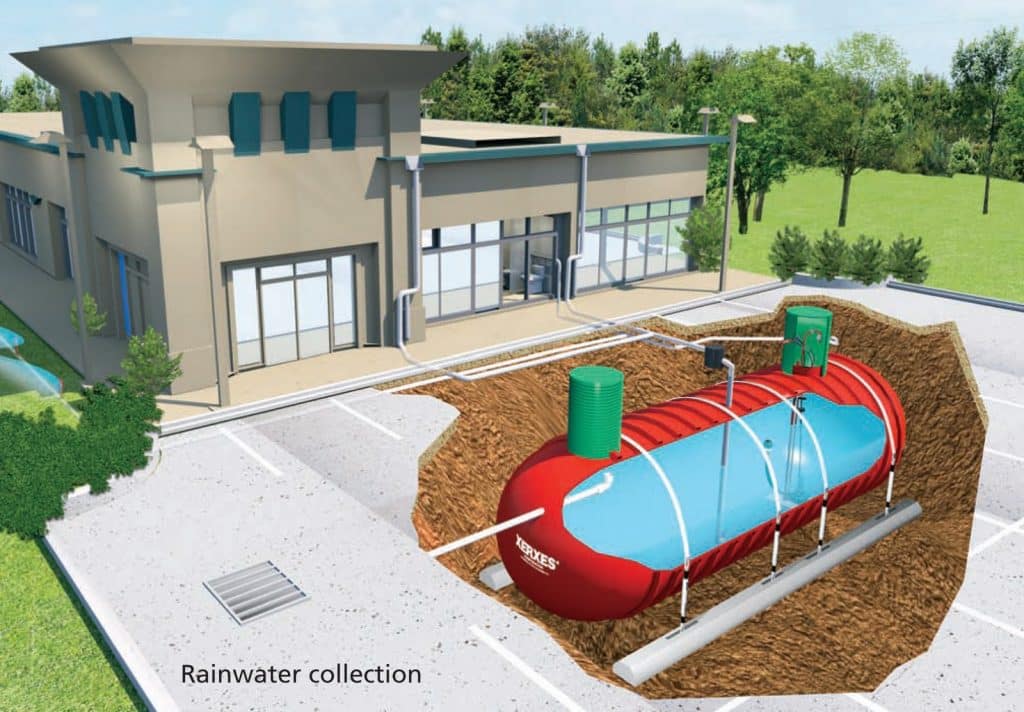
Maintaining a rainwater harvesting system is crucial to ensure its efficiency and longevity. Regular maintenance tasks include cleaning gutters and catchment areas, inspecting and repairing the conveyance system, and ensuring that storage tanks are clean and free of contaminants. This section explains the importance of these maintenance routines and provides practical tips for regular upkeep.
Quality control of harvested rainwater is equally important, especially if the water is used for domestic purposes. This involves monitoring water quality, implementing filtration and purification methods, and understanding the appropriate uses for harvested water based on its quality. By emphasizing the significance of maintenance and quality control, users can ensure that their rainwater harvesting systems are safe, reliable, and sustainable in the long run.
The Bottom Line
Rainwater harvesting is more than just a technique for water conservation; it’s a key element in pursuing a sustainable future. This blog post has explored the various facets of rainwater harvesting, from its historical roots to modern applications, environmental impacts, economic considerations, and practical implementation strategies. As the world grapples with climate change and water scarcity challenges, rainwater harvesting is a practical, cost-effective solution that can be adapted across different contexts and scales. Embracing this ancient yet ever-relevant practice can lead us toward a more sustainable and water-secure world.


